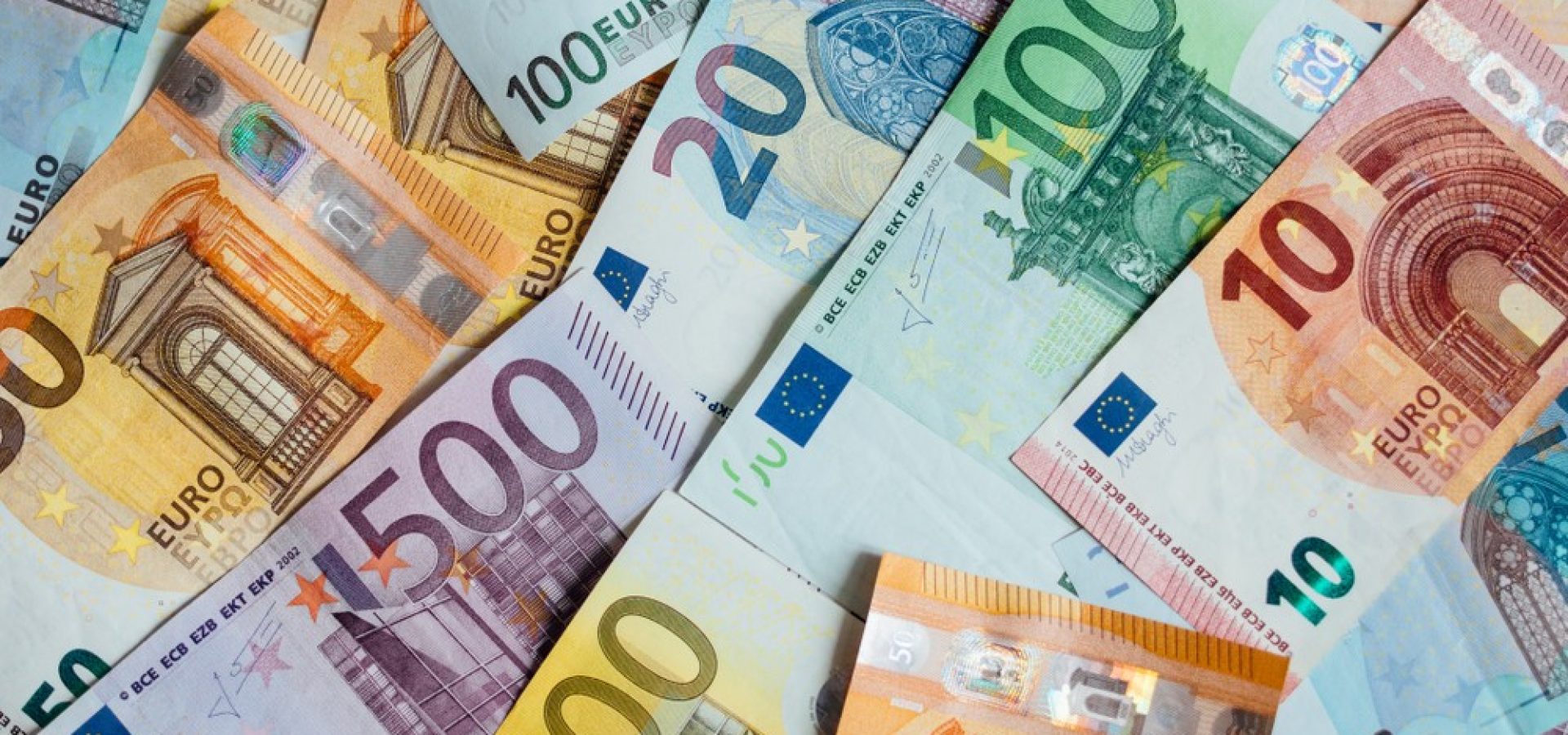
Quick Overview
Sanctions Defied: Despite Western sanctions, Russia has received $2.3 billion in dollar and euro cash since March 2022, primarily through the UAE and Turkey.High Demand for Hard Currency: Russians prefer dollars and euros for personal savings and international travel, despite official anti-Western currency rhetoric.Sanctions Evasion: The U.S. has warned global financial institutions about helping Russia evade sanctions, but cash flows into Russia persist.Yuan’s Rise in Russia: The Chinese yuan has overtaken the dollar in Moscow’s currency trading, reflecting Russia’s pivot to Asia amid sanctions, despite some payment issues.Ongoing Financial Maneuvering: Russia’s reliance on Western currencies continues, challenging the effectiveness of sanctions and underscoring the complexity of global economics.In the grand theatre of geopolitics, one might imagine that sanctions could swiftly end any country’s reliance on foreign currencies. Yet, as recent events have demonstrated, this is far from reality. Despite stringent sanctions from the United States and the European Union, Russia has managed to keep a steady stream of dollars and euros flowing into its economy. This remarkable feat, which defies expectations, speaks volumes about the adaptability and resilience of global trade networks and the persistent allure of hard currency in a world where financial stability often feels like a game of musical chairs.
A Not-So-Secret Pipeline of Cash
According to customs data obtained by Reuters, around $2.3 billion in dollar and euro bills have been shipped to Russia since March 2022, when the U.S. and EU banned the export of their banknotes to the country. This significant influx of cash raises eyebrows, considering the strict financial sanctions imposed in response to Russia’s invasion of Ukraine. While these sanctions aimed to cripple Russia’s financial dealings and limit its access to foreign currency, the country has found alternative avenues to keep the money flowing.
Much of this cash has arrived via countries like the United Arab Emirates and Turkey, which have maintained open trade channels with Russia. These nations, not bound by the Western sanctions, have become critical hubs in a network that facilitates the continued movement of currency into Russia. Interestingly, the origin of more than half of this cash remains untraceable in the customs records, adding a layer of intrigue to an already complex financial web.
Dollars and Euros: Still the Traveller’s Choice
Despite Russia’s official stance on the toxicity of the dollar and euro, these currencies appear in high demand among ordinary Russians. For many, holding foreign currency, especially in cash, offers a sense of security that the rouble cannot provide. The preference for dollars and euros is extreme among those who travel abroad, engage in small-scale imports, or simply wish to safeguard their savings from the volatility of the domestic currency.
Dmitry Polevoy, head of investment at Astra Asset Management in Russia, highlights this ongoing demand. According to him, while Russia may be shifting its official financial strategies, individuals are still clinging to the reliability of the dollar for personal financial needs. This suggests that the broader public remains skeptical of alternatives, preferring tried-and-true currencies for their financial stability, even in an era of sanctioned trade and economic uncertainty.
Sanctions and the Sanctioned
The U.S. government, aware of Russia’s creative circumvention strategies, has not taken this lightly. In December, Washington issued stern warnings to financial institutions worldwide, threatening severe penalties for any supporting Russia in bypassing sanctions. Throughout 2023 and 2024, the United States has continued to impose sanctions on companies from third countries that have been caught enabling these cash flows.
Yet, despite these efforts, the flow of dollars and euros into Russia has not been entirely stemmed. This highlights the difficulties in uniformly enforcing global sanctions, especially when key trading partners are unwilling or unable to comply fully. As a result, the financial war waged by the West against Russia has turned into a cat-and-mouse game, with Russia often finding ways to stay one step ahead.
The Rise of the Yuan, but Not Without Hiccups
While dollars and euros have continued to enter Russia, the landscape of foreign currency trading in Moscow has shifted. The Chinese yuan has overtaken the dollar as the most traded foreign currency in the Russian capital. This shift reflects Russia’s broader pivot towards Asia, especially China, in response to Western sanctions. The yuan’s growing prominence in Russia’s foreign currency reserves is a testament to the deepening economic ties between the two nations.
However, this transition has yet to be smooth. Significant payment problems have arisen as Russia navigates this new financial relationship. While increasingly popular, the yuan does not yet offer the same level of trust or stability as the dollar or euro in the eyes of many Russians. Thus, while the official rhetoric may trumpet the benefits of this shift, the reality on the ground is far more nuanced.
The Future of Russia’s Currency Game
As Russia continues to label the dollar and euro as “toxic,” it is clear that these currencies remain central to the country’s economic activities, albeit through less traditional channels. While impactful, the sanctions have not entirely severed Russia’s access to these hard currencies, which continue to play a vital role in trade and personal finance.
Looking forward, how long Russia can sustain this balancing act remains to be seen. The ongoing sanctions pressure from the West and its pivot towards alternative currencies like the yuan suggest that Russia’s financial strategies will need to evolve continually. Only time will tell whether this will lead to a further entrenchment of alternative currency networks or a begrudging return to Western economic systems.
In the meantime, Russia’s currency escapades offer a fascinating glimpse into the complexities of modern economics, where even the most stringent of sanctions can be circumvented by those with the will and the means. For the average Russian, however, the dollar and euro remain the currencies of choice, serving as reliable stores of value in an increasingly uncertain world.













